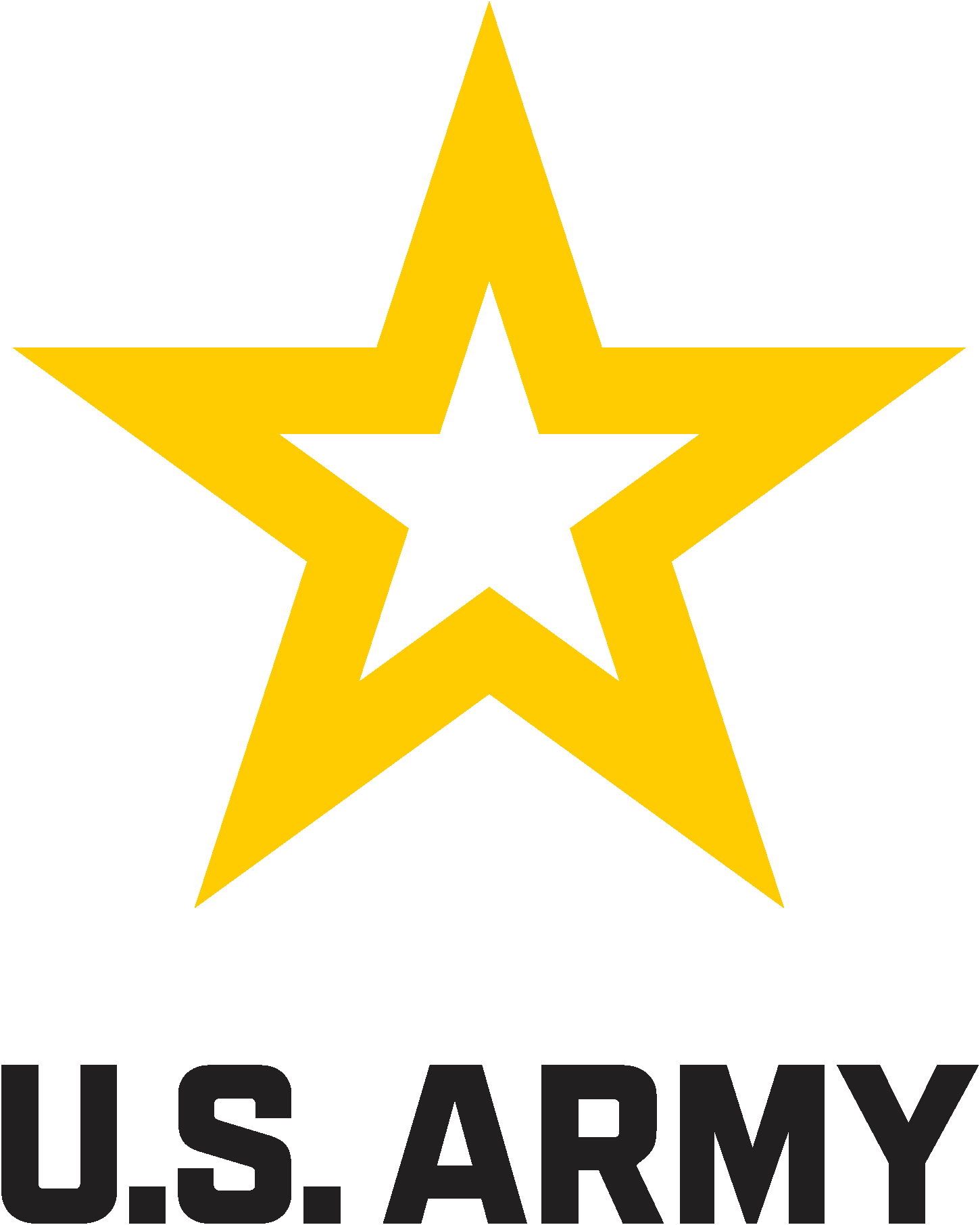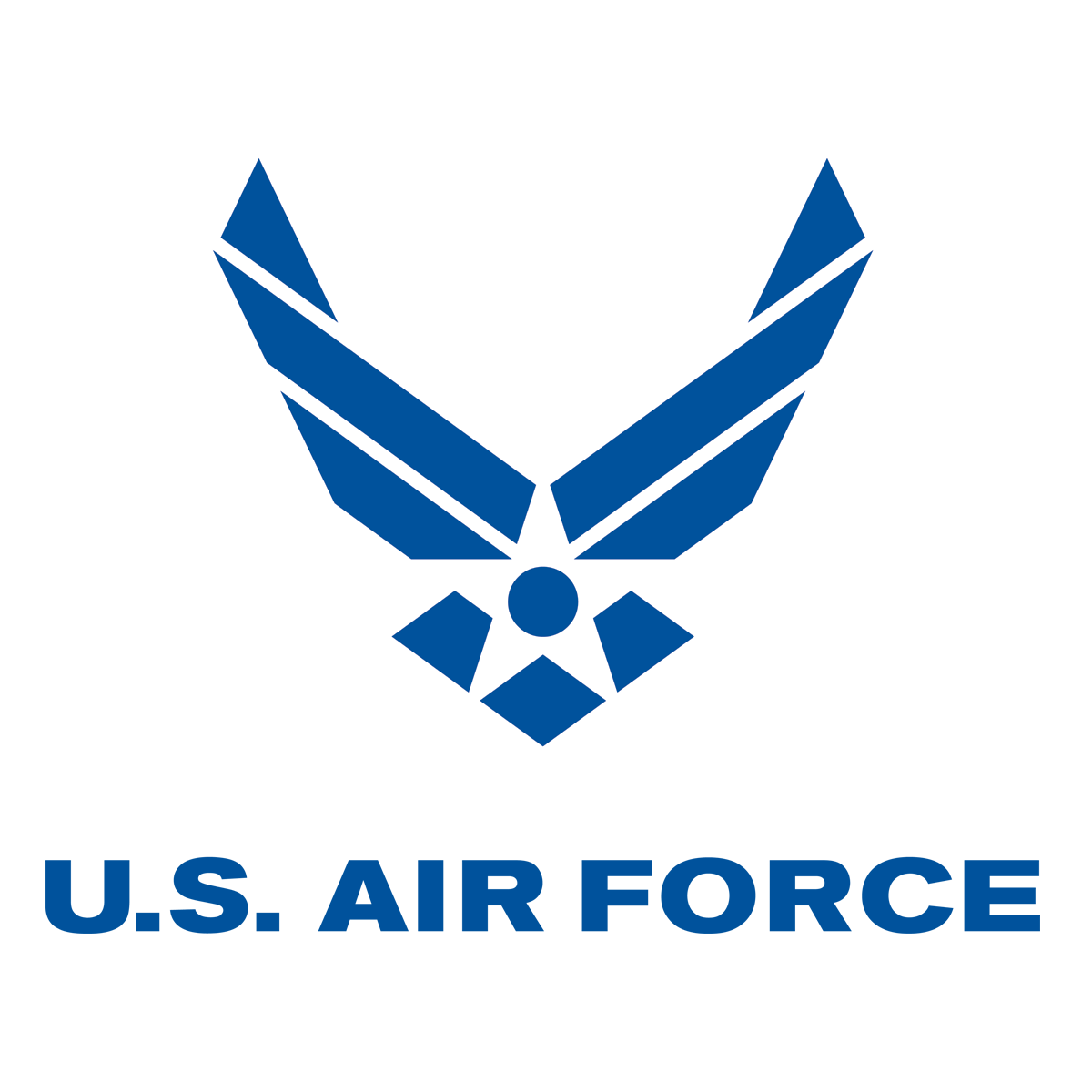Military Emergency Medical Technicians
Military Career
General Information
Description
EMTs are health professionals trained to respond quickly to emergency situations. Military EMTs provide emergency medical treatment, limited primary care, force health protection, and evacuation assistance in a variety of operational and clinical settings from point of injury or illness through the continuum of military healthcare. They perform basic diagnostic and laboratory tasks. They may work in military health facilities or in the field.
Explore this career outside the MilitaryWork Environment
Emergency medical technicians usually work in hospitals and clinics on land or aboard ships.
Comparable Industries
- Law, Public Safety, Corrections & Security
Military Outlook
Service Branches
Jobs in this career field may be available in other service branches. Call or email a particular branch for more info.
Military Status
- Enlisted
- Hands-on/specialized
- High school diploma required
Military Workforce
Emergency Medical Technicians in the Military
10,526
Salary
Salary Information
Median Military Salary This is the median, or the midpoint, of the salary range for this career.
$80,520
Military Salary Range Salary varies based on years of service, degree level, special pays, family status and location. Learn more about Military benefits.
$25,840 - $362,582
What makes up a Military salary?
Military salaries include a lot more than just base pay.
They also offer:
- Housing allowances
- Subsistence allowances
- Special and incentive pays
- Cost-of-living allowances
- Hazardous-duty pay
- Bonuses
Learn more about what goes into a salary with the compensation estimator
Learn more about military insurance and retirement benefits
Education
Military training
All enlisted service members complete basic military training, which includes time spent in a classroom and in the field, and covers tactical and survival skills, physical training, military life and customs, and weapons training. Job training for emergency medical technicians consists of classroom and on-the job instruction, including practice in providing patient care. Training content varies depending on specialty and may include: Emergency medical treatmentBasic patient careAnatomy and physiologyMinor surgical proceduresClinical laboratory proceduresMethods for diagnosing diseasesPlaster-casting techniques
Read More Army
Army Marine Corps
Marine Corps Navy
Navy Air Force
Air Force Coast Guard
Coast Guard Space Force
Space Force